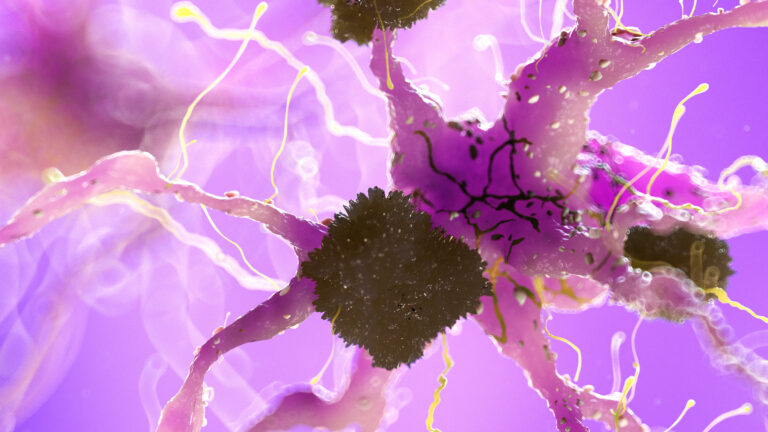Arterial Spin Labeling (ASL) MRI is a specialized magnetic resonance imaging technique that measures blood flow in the brain by using water molecules in arterial blood as natural tracers. Instead of injecting external contrast agents, ASL applies radiofrequency pulses to magnetically “label” or tag the water in arterial blood just before it flows into the brain tissue. This labeled blood then travels into the brain, and by capturing paired images—one with the labeled blood and one without—ASL can subtract these images to create a map showing how much blood is reaching different brain regions. This map quantifies cerebral blood flow (CBF) in units like milliliters of blood per 100 grams of brain tissue per minute.
The fundamental principle behind ASL is that water in arterial blood acts as an endogenous tracer. When the water molecules are magnetically tagged, they alter the MRI signal as they move into brain tissue. By comparing images with and without this tagging, ASL isolates the signal related to blood flow, providing a direct, non-invasive measurement of perfusion without the need for contrast dyes or radioactive tracers.
ASL MRI is particularly valuable because it offers a safe, repeatable way to assess brain perfusion, which is crucial for understanding many neurological conditions. Blood flow is a key indicator of brain health, reflecting how well oxygen and nutrients are delivered to brain cells. Changes or reductions in cerebral blood flow can signal problems such as stroke, dementia, tumors, or other vascular diseases.
One of the major advantages of ASL is its non-invasiveness. Traditional perfusion imaging often requires injecting contrast agents that carry risks of allergic reactions or kidney damage, especially in vulnerable patients. ASL avoids these risks by using the body’s own blood water as a tracer. This makes it suitable for repeated studies, longitudinal monitoring, and use in populations where contrast agents are contraindicated, such as children or patients with kidney impairment.
ASL also provides quantitative data on regional cerebral blood flow, allowing clinicians and researchers to detect subtle changes in brain perfusion that might not be visible on conventional MRI scans. For example, in conditions like small vessel disease or early-stage dementia, ASL can reveal perfusion deficits before structural brain changes become apparent. This early detection capability is critical for timely intervention and monitoring disease progression.
Technically, ASL involves applying a magnetic labeling pulse to the blood in arteries supplying the brain, typically in the neck region. After a short delay allowing the labeled blood to reach the brain tissue, images are acquired. The difference between labeled and control images reflects the amount of blood delivered to each brain region. Various ASL techniques exist, such as pulsed ASL, continuous ASL, and pseudo-continuous ASL, each with different ways of labeling blood and timing image acquisition to optimize signal quality and accuracy.
In research and clinical practice, ASL has been used to study a wide range of brain disorders. It helps in assessing stroke by identifying areas with reduced blood flow, guiding treatment decisions. In neurodegenerative diseases like Alzheimer’s, ASL can detect perfusion abnormalities linked to cognitive decline. It is also used in psychiatric research to explore brain function changes in disorders such as depression or schizophrenia.
Beyond disease diagnosis, ASL contributes to understanding normal brain physiology. It can map how blood flow changes with age, cognitive tasks, or physiological challenges, providing insights into brain function and health across the lifespan.
In summary, arterial spin labeling MRI is a powerful, non-invasive imaging method that measures cerebral blood flow by magnetically tagging arterial blood water. It helps clinicians and researchers visualize and quantify brain perfusion, offering critical information for diagnosing, monitoring, and understanding a variety of neurological conditions and brain functions. Its safety, repeatability, and quantitative nature make it an increasingly important tool in both clinical and research settings.





